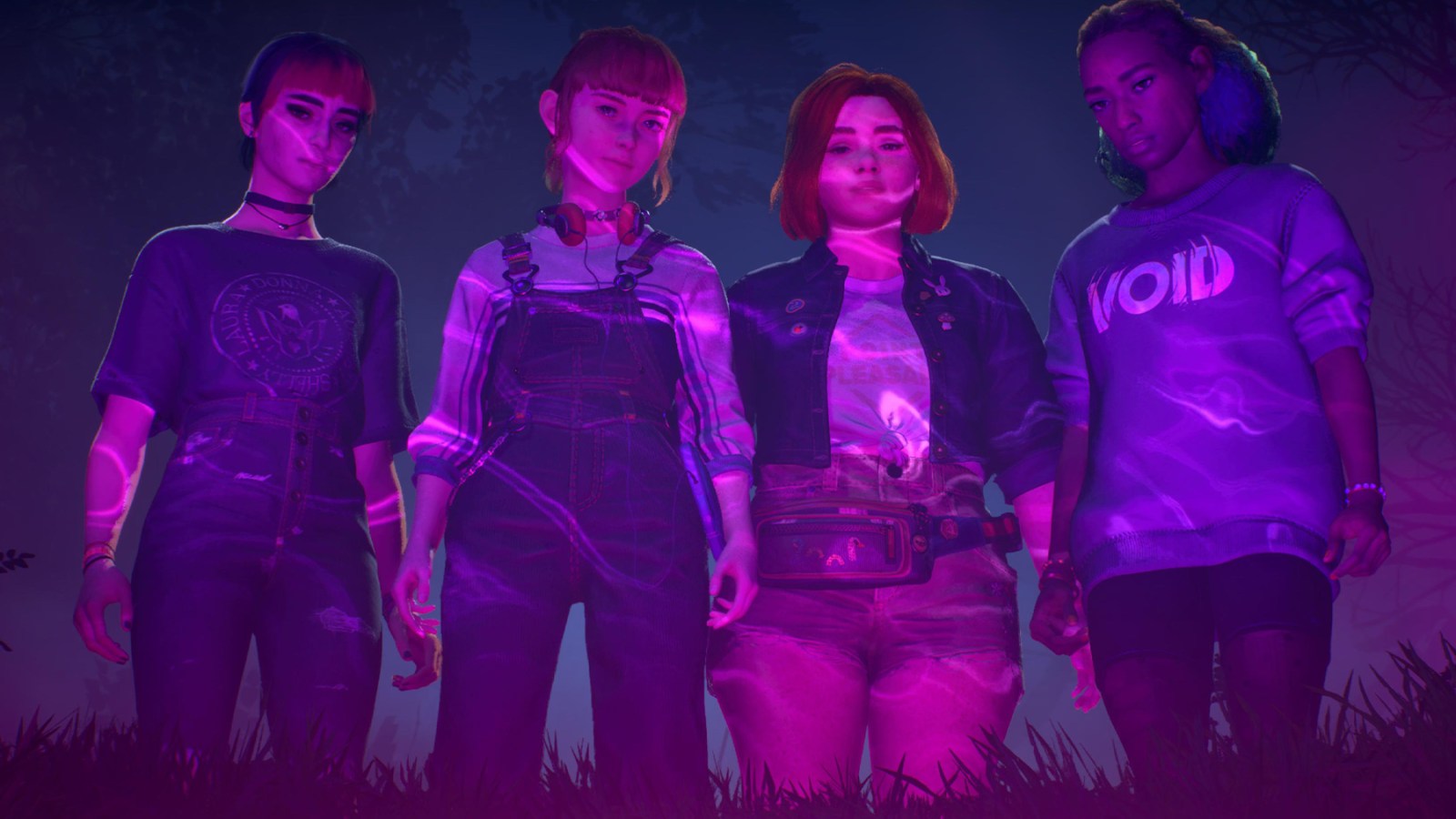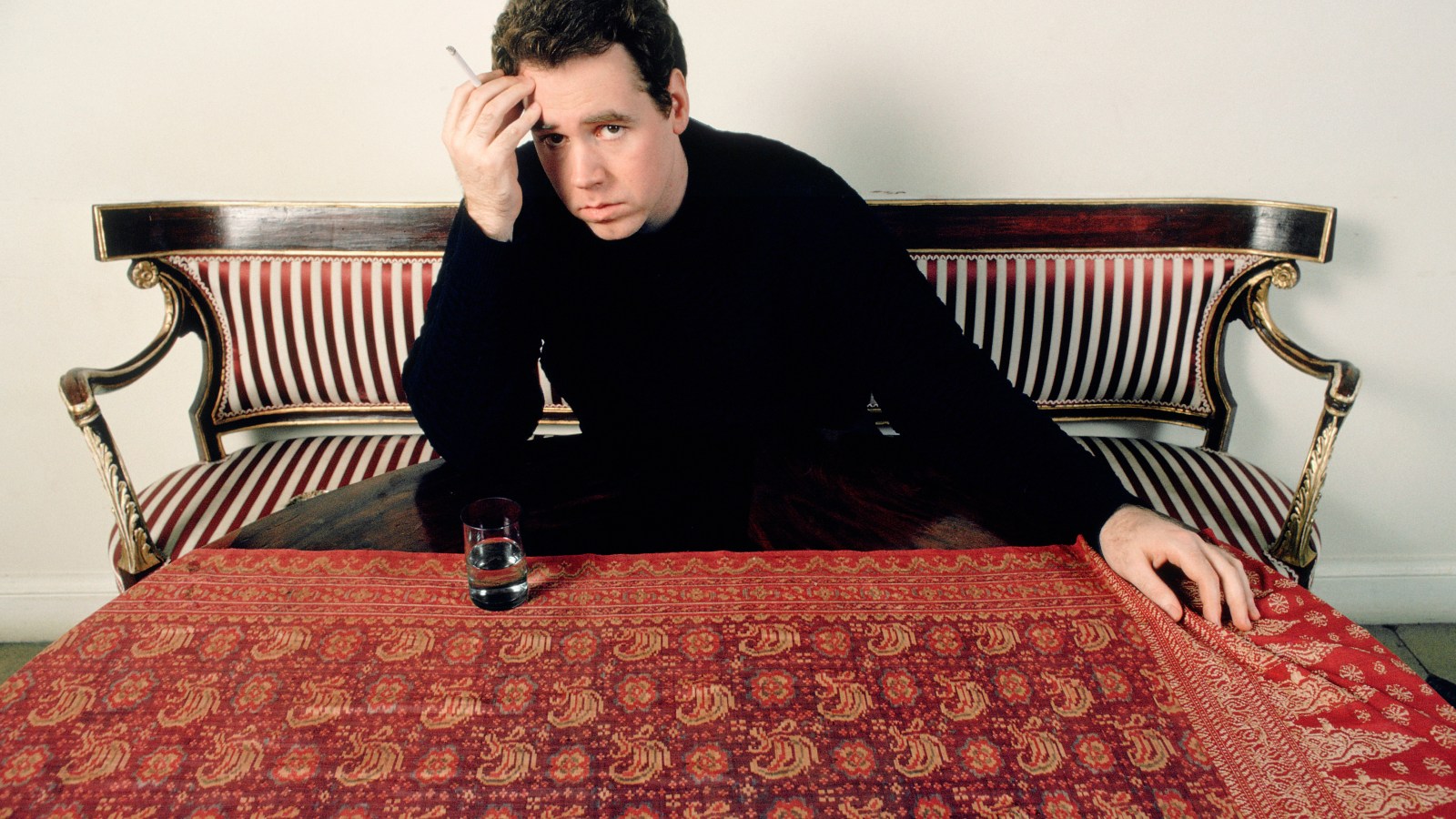Remember the chilling, suspenseful journey of “Yellowjackets”? The plane crash, the descent into primal savagery, the mystery that lingered long after the final episode? Now imagine that experience, not as a TV show, but as a playable narrative adventure. That’s precisely what “Lost Records: Bloom & Rage” delivers, a captivating “choose-your-own-destiny” experience that throws you into the heart of a terrifying wilderness survival story. But fear not, fellow gamers – this time, the cannibalism is purely metaphorical.

More Than Just Talking Heads: The Impact of Player Choices on Character Development
A Tapestry of Consequences

One of the most compelling aspects of “Lost Records: Bloom & Rage” is its intricate system for player choice and character development. Unlike many narrative-driven games that offer superficial branching paths, “Lost Records” weaves player decisions into the very fabric of the story, shaping not only Swann’s personality but also the relationships she forms with her friends.
These choices aren’t presented as binary dilemmas; instead, they often involve nuanced conversations where Swann’s responses reflect her evolving worldview and personal values. A seemingly innocuous decision, like choosing which band to listen to or how to respond to a friend’s confession, can have ripple effects that resonate throughout the narrative.
For instance, a gentle approach to a friend struggling with a personal issue might lead to a deeper bond, while a more dismissive response could strain the relationship. These subtle shifts in dynamics create a sense of realism and consequence, making Swann’s journey feel deeply personal and impactful.

Beyond the Glitch: Technical Aspects and the Immersion of “Lost Records”
A Flawed Gem: Analyzing the Technical Performance and Design Choices
While “Lost Records” excels in its narrative and character development, its technical execution is not without its shortcomings. Gamestanza readers familiar with Don’t Nod’s previous work, particularly “Life is Strange,” might notice a few familiar technical quirks. The visual presentation, while charming in its retro aesthetic, can occasionally suffer from pop-in and texture issues. Performance dips are also noticeable in certain scenes, particularly those with heavy dialogue or environmental detail.
Furthermore, the game’s interface, while functional, lacks polish. Navigation menus can be clunky, and the lack of a proper map can make it difficult to orient oneself within the environments. These technical hiccups, while not game-breaking, can occasionally detract from the immersive experience.
The Heart of the Matter: How “Lost Records” Uses Visuals and Music to Enhance the Storytelling
Despite these technical limitations, “Lost Records” masterfully utilizes visuals and music to create a compelling and evocative atmosphere. The game’s color palette, dominated by muted tones and nostalgic hues, effectively captures the melancholic beauty of a bygone era. The character designs are expressive and relatable, capturing the angst and uncertainty of adolescence.
The soundtrack, a blend of synth-heavy instrumentals and classic 90s alternative rock, perfectly complements the narrative’s mood, shifting seamlessly from moments of introspective contemplation to scenes of growing tension. The soundtrack’s nostalgic feel further reinforces the game’s themes of time, memory, and the enduring power of youth.
Finding Beauty in Imperfection: “Lost Records” as a testament to the power of emotional storytelling
Ultimately, “Lost Records: Bloom & Rage” is a testament to the power of emotional storytelling. While its technical flaws may be noticeable, they are ultimately overshadowed by the game’s compelling narrative, its well-developed characters, and its deeply affecting exploration of themes of friendship, loss, and the enduring weight of the past. Gamestanza readers seeking a heartfelt and thought-provoking experience will find much to appreciate in “Lost Records.”
Teenage Angst and Time’s Toll: The Themes of “Lost Records”
Coming of Age in the Shadow of Secrets: Exploring the Complexities of Growing Up
“Lost Records” masterfully captures the complexities of adolescence, a time marked by both exhilarating freedom and intense self-discovery. The game’s setting, 1995, perfectly encapsulates the era’s cultural landscape, with its grunge music, burgeoning internet culture, and a sense of rebellious optimism.
Swann and her friends navigate the tumultuous waters of first love, peer pressure, and the constant search for identity. The characters are relatable and flawed, grappling with the anxieties and uncertainties that come with growing up.
The Weight of the Past: How “Lost Records” Tackles Themes of Repressed Memories and Trauma
“Lost Records” delves into the profound impact of the past on the present, exploring themes of repressed memories and unresolved trauma. The game’s dual timeline structure effectively juxtaposes the carefree days of 1995 with the haunted realities of 2022, revealing how past events continue to shape the lives of the characters.
Through flashbacks and dream sequences, “Lost Records” slowly unravels the truth behind the mysterious events that transpired in Velvet Cove, shedding light on the traumas that have haunted the characters for years. The game’s exploration of these themes is both sensitive and insightful, highlighting the enduring power of the past and the complexities of healing.
The Enduring Power of Friendship: The Importance of Connection in the Face of Adversity
“Lost Records” underscores the crucial role of friendship in providing support and solace in the face of adversity. The bonds between Swann and her friends are tested by secrets, betrayals, and the weight of shared trauma. Despite these challenges, their friendship endures, serving as a source of strength and resilience.
The game’s emphasis on the importance of connection reminds us that even in the darkest of times, human relationships can offer hope and healing. The enduring power of friendship is a central theme that resonates throughout “Lost Records,” offering a message of resilience and the strength that comes from shared experiences.
Conclusion
“Lost Records: Bloom & Rage” isn’t simply a captivating playable novel; it’s a testament to the power of storytelling in interactive mediums. By eschewing the graphic elements of its inspiration, “Yellowjackets,” the game digs deeper into the psychological complexities of survival and the enduring impact of trauma. It forces us to confront the darkness within ourselves and the fragile nature of our relationships, all while offering a nuanced exploration of female resilience and the bonds forged in the face of adversity.
This kind of immersive narrative experience has the potential to redefine how we engage with stories. “Bloom & Rage” demonstrates that compelling narratives don’t need gratuitous violence or shock value. Instead, by focusing on character development, emotional depth, and moral ambiguity, interactive fiction can offer a truly thought-provoking and impactful journey. As technology advances and interactivity evolves, we can expect to see even more sophisticated and emotionally resonant experiences that blur the lines between player and participant, leaving us forever changed by the stories we encounter. The future of storytelling is interactive, and “Bloom & Rage” is just the beginning.
Now, the question remains: what stories will you choose to play?